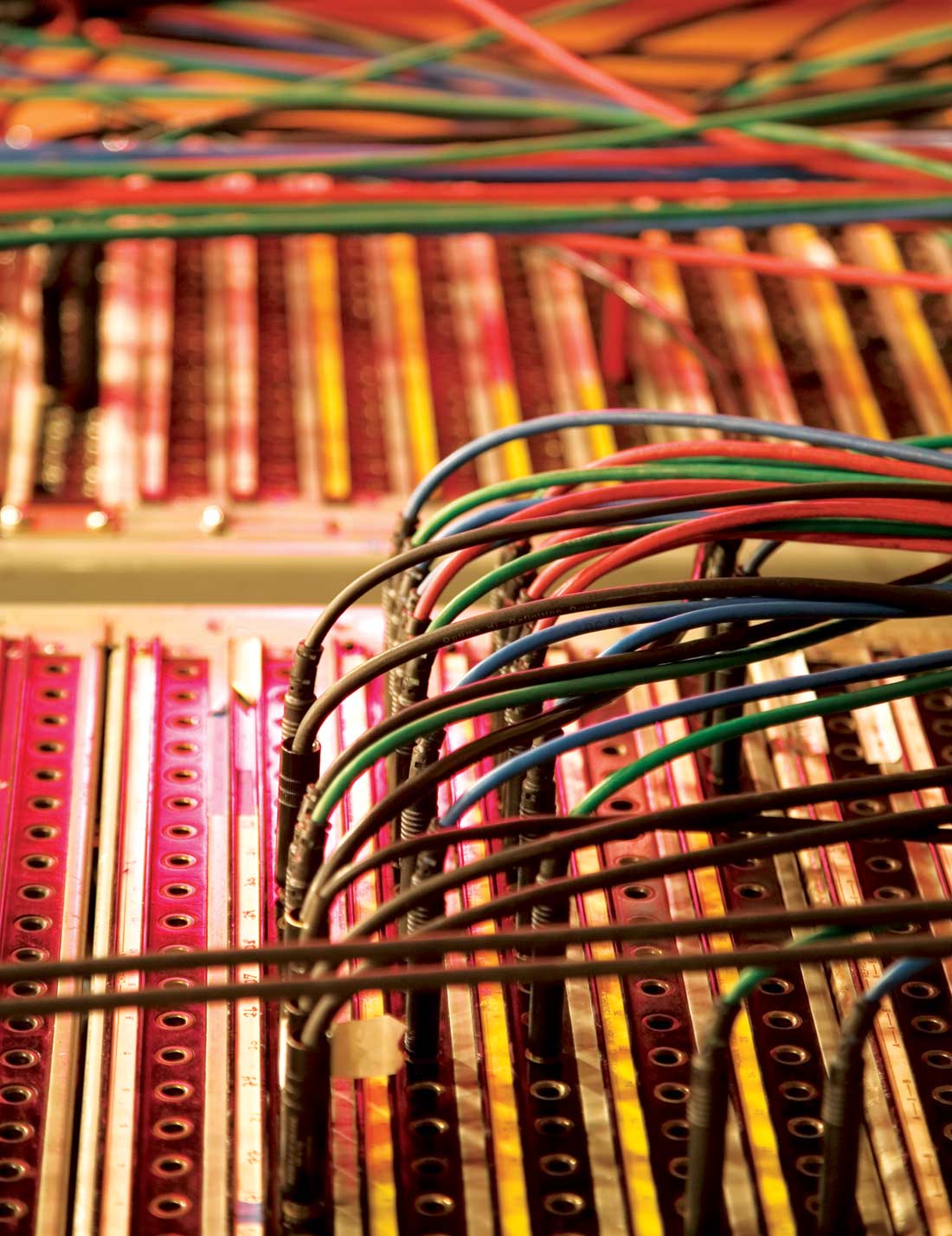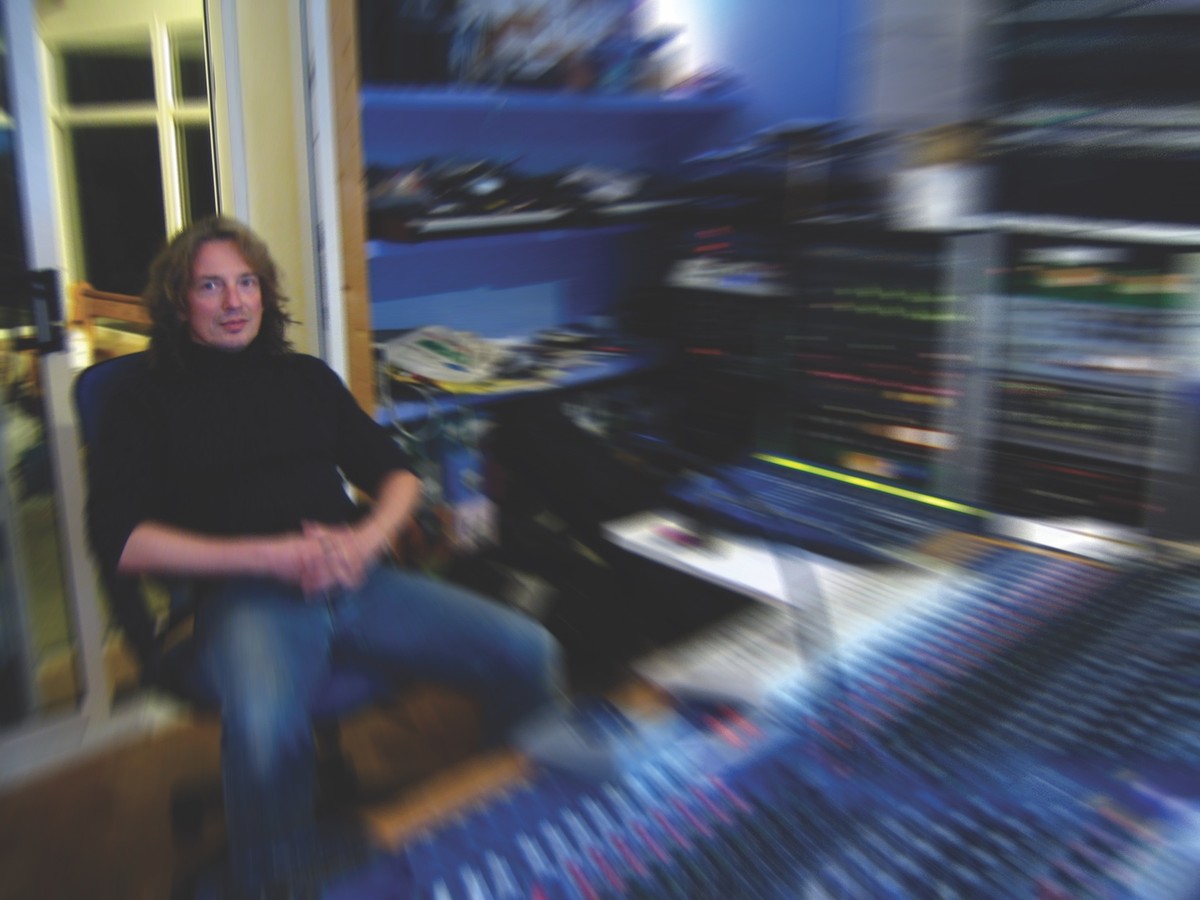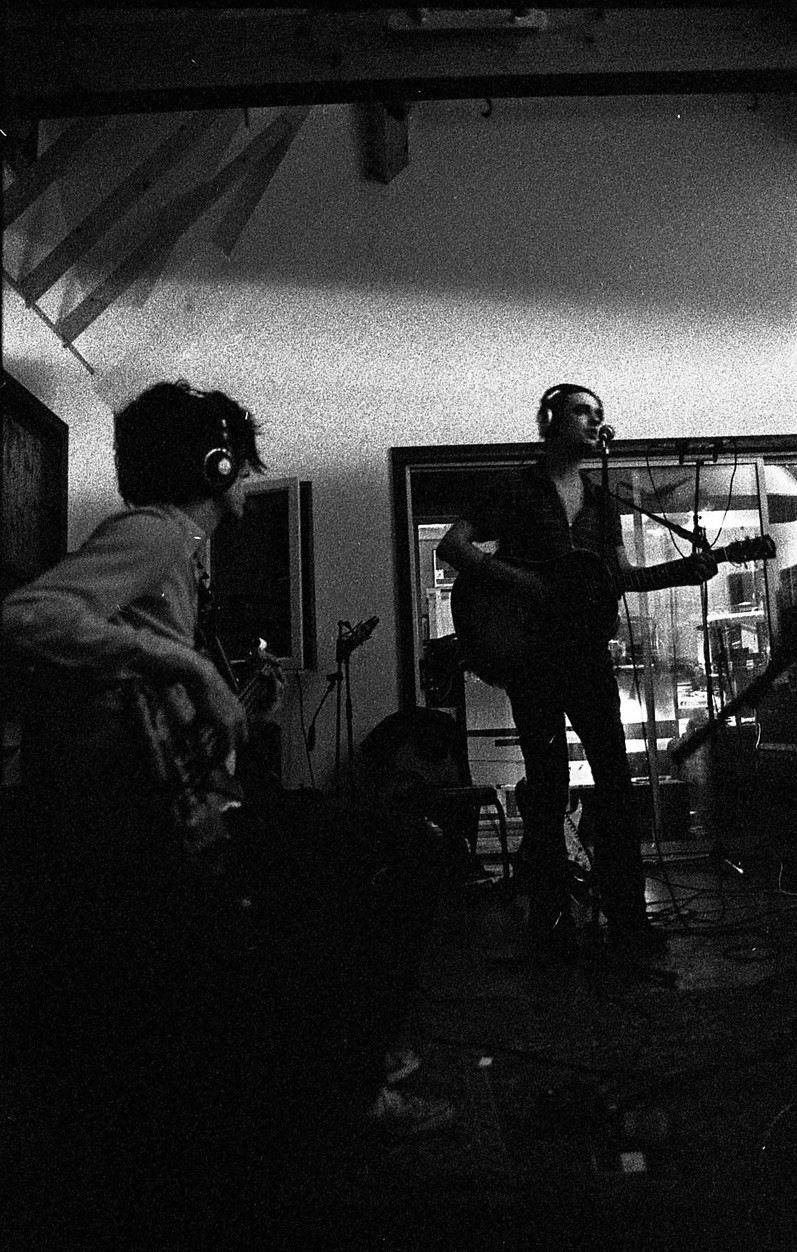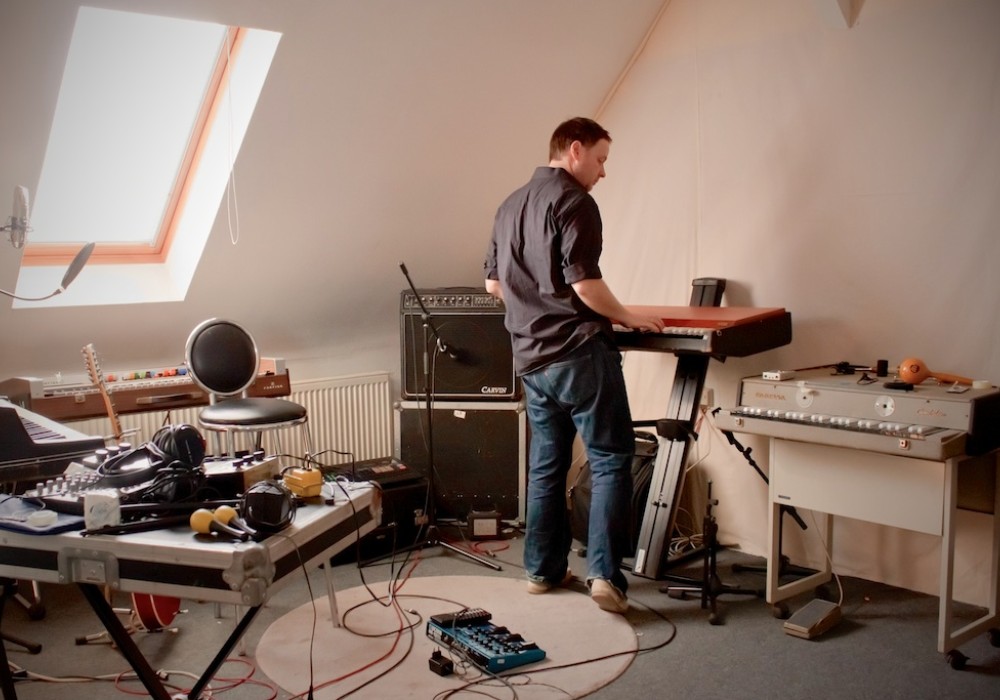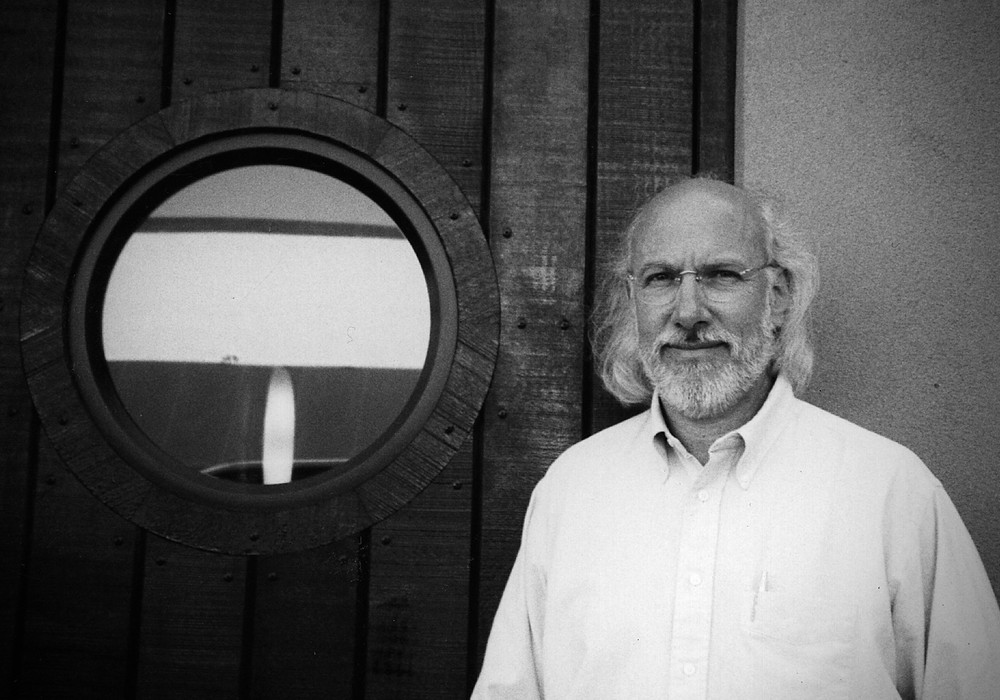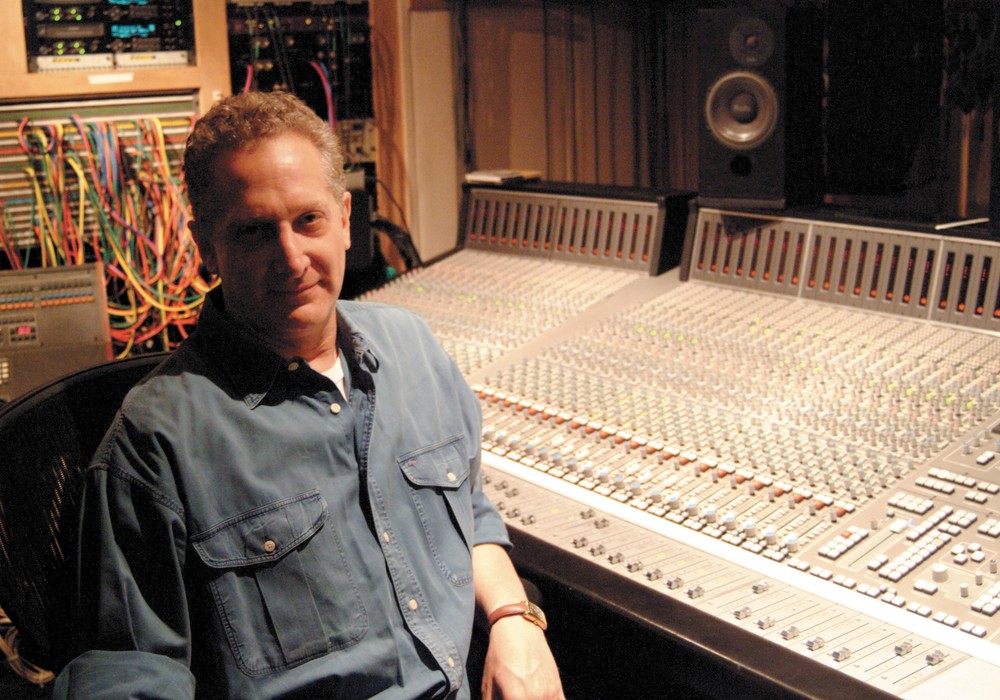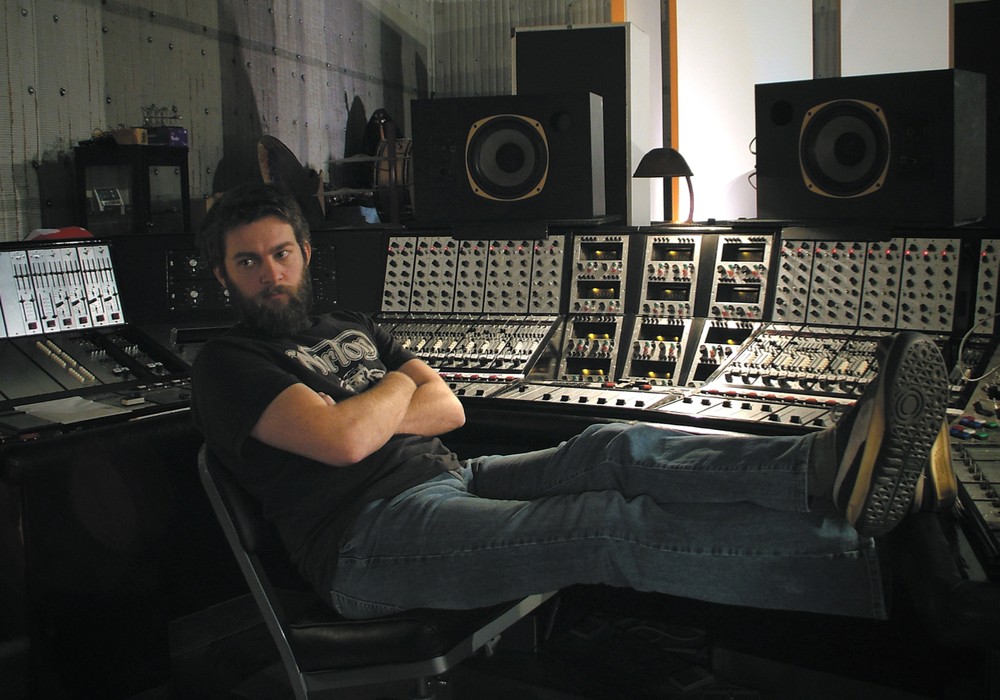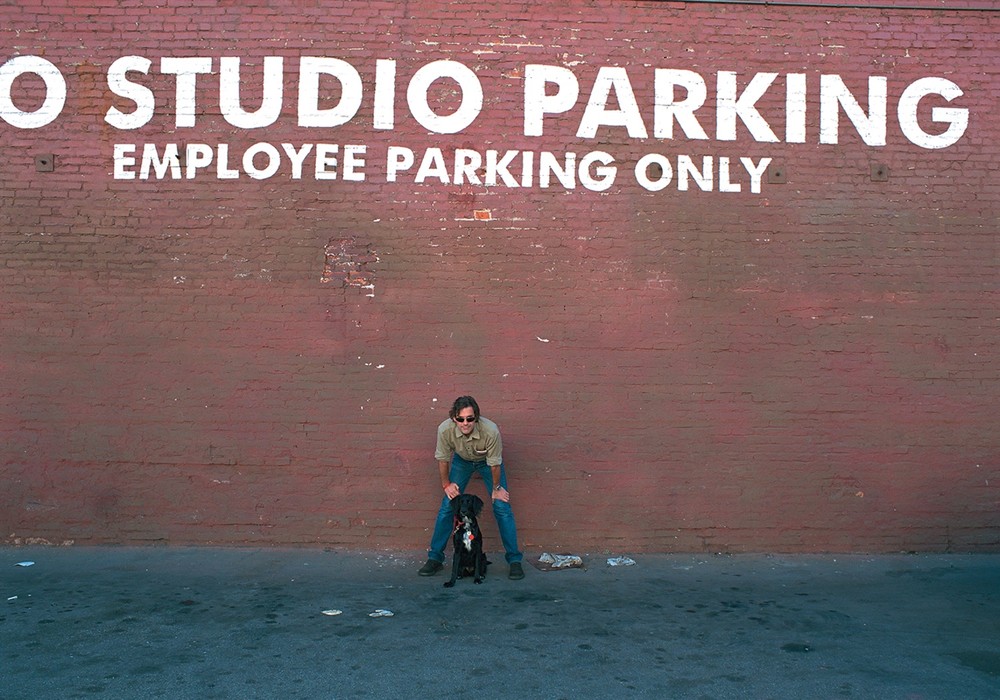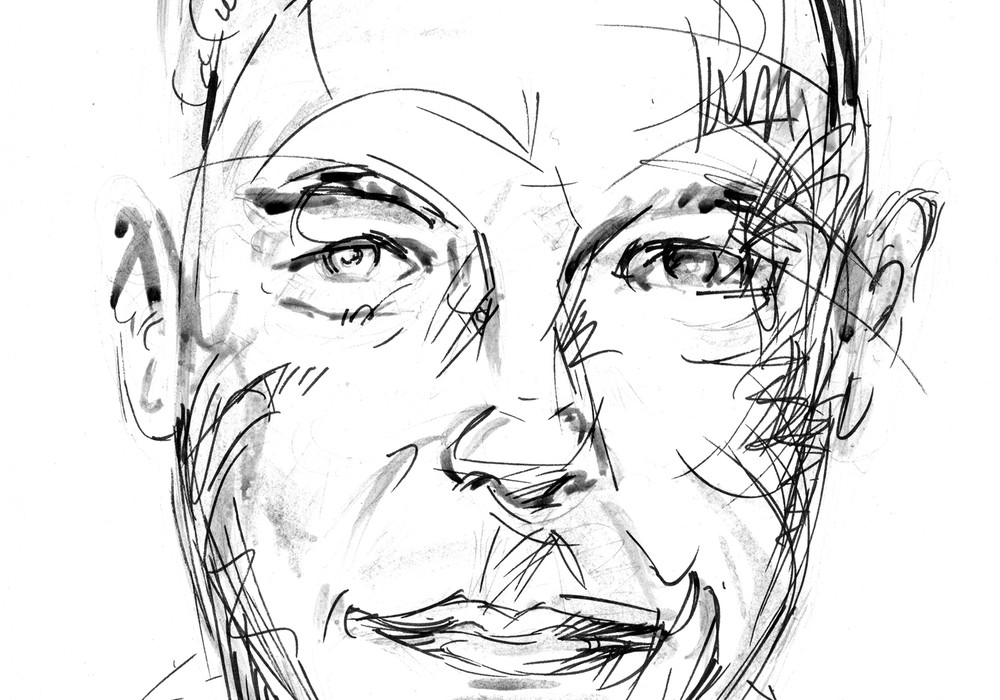With seventeen gold and platinum records to his credit, Adam Fuest's eclectic discography reads like some sort of schizoid iPod run amok. The London- born-and-raised Fuest has worked with a variety of artists over the years, such as Mott the Hoople (engineering for the band at the age of 17), King Sunny Adé, Queen Latifah, Salt-n-Pepa, Big Audio Dynamite and The Cure. Over the years he's been a member of bands such as Hard Rain and Blancmange, acted as chief engineer for three seminal London studios — Orange, Livingston and Beethoven Street — and also served time as Vangelis' personal engineer in the early '80s. A fellow proponent of the "open room" style of recording (working without a traditional, isolated control room), Adam and I met on the Open Room panel at the 2007 TapeOpCon in Tucson. We hit it off and found we had a lot in common. In the late '90s he and his wife, author and music-biz veteran Adele Nozedar, left urban London and moved to the Welsh countryside. They opened Twin Peaks Studio, situated between two huge lake-like reservoirs in the national parklands of Torpantau and nestled in an astoundingly beautiful horseshoe-shaped ridge of mountains. They've since been hosting a steady slew of artists from all over the world. Some recent projects of note include engineering Babyshambles' sprawling 2005 debut album Down In Albion, Simon Falconer's latest and Tara Busch's new release.
Obviously you cut your teeth on 2" tape. Lately you've avoided the Pro Tools route and have been working exclusively with a system called Soundscape [by Sydec Audio Engineering]. Tell me about it.
Not many people in the U.S. really know about this system apart from the film industry. Basically you have a box with X number of inputs and outputs, and they can be utilized in any way whatsoever. For instance, I created a virtual mixer, which is all of my inputs. I've got my monitoring and my foldbacks all running from it. Everything is running from here. Anything can be routed to anything. I can take an auxiliary and route it to an ASIO stream internal bus or direct to an output that can go to any piece of audio gear. No latency. I can insert pieces of gear from the outside world into it without any delays.
When you say no latency...
No latency! Well, there may be a micro click or two in there, but I work with great musicians and none of them have ever felt it!
How do you get around that?
A massive amount of processing. Soundscape has huge DSP cards and these never have any problems. You can insert plug-ins or create any kind of construct, channel or module that you want. If you simply want to use it as an audio recorder, just arm the tracks and hit go. Reliability-wise, it's very similar to [iZ Technology] RADAR.
That's cool. How many times has it crashed on you in the past three years?
It's never crashed. The computer has crashed and Soundscape has been recording; I've rebooted and Soundscape is still recording. All of the hardware is external.
The computer is just a controller?
If you have a power blip and it freaks out it'll do an auto save before it quits the program. Those all depend on host stability, not the software or the hardware. I've taken it up mountains and run it from little generators. It's just those two boxes. Mine is quite a big Soundscape system. It's 48-tracks.
Working on the Babyshambles' first album sounded like an adventure in decibels as well as lifestyle.
You've seen the size of the place. [laughs] In the end we had an [Ampeg] SVT-2 in a booth and opened the windows. Two 4x12 [guitar cabinets] and a [Marshall] JCM 200 werecranked up full in the other booth.
The live room is basically fifteen by twenty feet?
It's twenty by eighteen and these were out during the session [points to sliding glass doors between control room and live room]. I can't wait to get them out because I'm so used to them not being in. Although, having the sliding glass doors was handy.
Did they do live vocals?
Yeah. Mainly through the [Beyerdynamic] M 88. The rejection on that is not good, to be honest. It's not bad, but it sounds better than a [Shure SM]58. That's what the band did most of the vocals on. It was something that Pete [Doherty] could handle without it fucking up, and he handled everything excessively. [laughs]
I think his lifestyle has been well documented.
It has. As long as they keep laughing, I think it's all right. It's when they stop laughing that I think you've got to worry. Microphone-wise we had a lot up. On drums we had a [Shure] Beta 56 on the snare, a shotgun mic on the snare from ten feet up, a Groove Tubes GT33 and a [Neumann] KM84 on the high-hat. Toms were all Sennheisers.
Two mics on the high-hat?
One was quite far back and one quite close.
Do you do that a lot?
No, not often. That was something that Bill Price [the other engineer on the session] wanted to do. I was like, "Okay, let's do it." One was to the side [of the high-hat] and one was up above.
It was you and Bill engineering?
And Mick Jones [The Clash] producing. It worked very well. There were some strong relationships — I...
